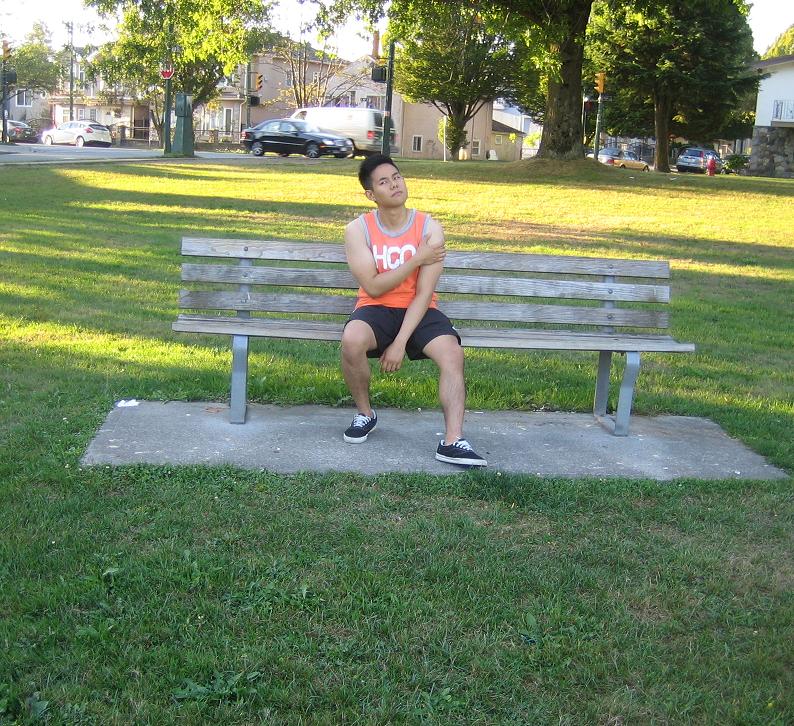A shoulder joint bruise is a condition where the shoulder joint is injured and result to development of purplish to bluish discoloration under the skin of the joint of the shoulder. It is usually caused by performing heavy physical activities such as lifting heavy materials and lifting weights.
Types
- Subcutaneous shoulder bruises are less painful and heals fast without treatment. They are also called superficial bruises called contusions. The bruise is colored purple or bluish-brown and becomes green or yellows as it starts healing.
- Intramuscular shoulder bruises causes severe pain and longer time to heal. It happens due to a sharp jerk, torn muscles or a blunt force trauma. They are larger than subcutaneous bruises. The color of the bruises is blue or bright purple.
- Bone or periostal shoulder bruises are the most painful and heals longer time. These bruises develop where there is an injury to the blood vessels in the cortex of the joint of the shoulder.
Causes of a shoulder joint bruise

- Trauma or injury caused the shoulder joint
- Ripped shoulder muscle
- A sharp twitching or tug to the shoulder
- Falls and landing on the shoulder
- Heavy lifting
Symptoms
- Pain and limited range of movement of the joint of the shoulder
- The bruise develops discoloration on the skin from bluish-purplish and eventually becomes green-yellow during healing stage.
- Pain and swelling of the affected area
- Formation of hematoma at the area
- Weakness of the muscles
- Pinched nerve, cold hands and tingling sensations in the fingers
- Large area of bruising and severe swelling needs medication immediately
Treatment
- Rest the affected shoulder as much as possible. Avoid activities that cause further irritation and delay the healing.
- Apply mild pressure on the affected immediately after the injury to lessen the bleeding and formation of bruises or hematoma.
- Wear a sling to support the area and prevent unnecessary movements and for fast healing of the condition.
- Apply cold compress on the front and at the back of the affected shoulder for at least 20 minutes every 2 hours to lessen the swelling and the pain. Wrap ice pack in a towel before placing to the area to prevent ice burns and worsen the condition.
- Wrap compression bandage such as ACE elastic bandage to lessen the swelling of the affected area. Do not wrap too tight to prevent issues with circulation. Loosen the wrapping if the area under the compress turns blue or violet.
- Elevate the affected area higher than the level of the heart. When lying down, raise the area in couple of pillows to keep it raised to lessen the pain and the swelling.
- Take the suggested anti-inflammatory medications to lessen the swelling and the pain.
- Perform stretching exercises with the help of the physical therapist to restore range of movement of the affected shoulder, lessen the stiffness and the pain.
More Information
The details posted on this page on a shoulder joint bruise is for learning purposes only. To learn to recognize the signs and how it is treated, enroll in a first aid course with one of our training providers.
FACT CHECK
https://physioworks.com.au/injuries-conditions-1/acromioclavicular-joint-sprain
https://www.webmd.com/pain-management/why-does-my-shoulder-hurt#1
https://www.epainassist.com/sports-injuries/shoulder-injuries/shoulder-joint-bruises
